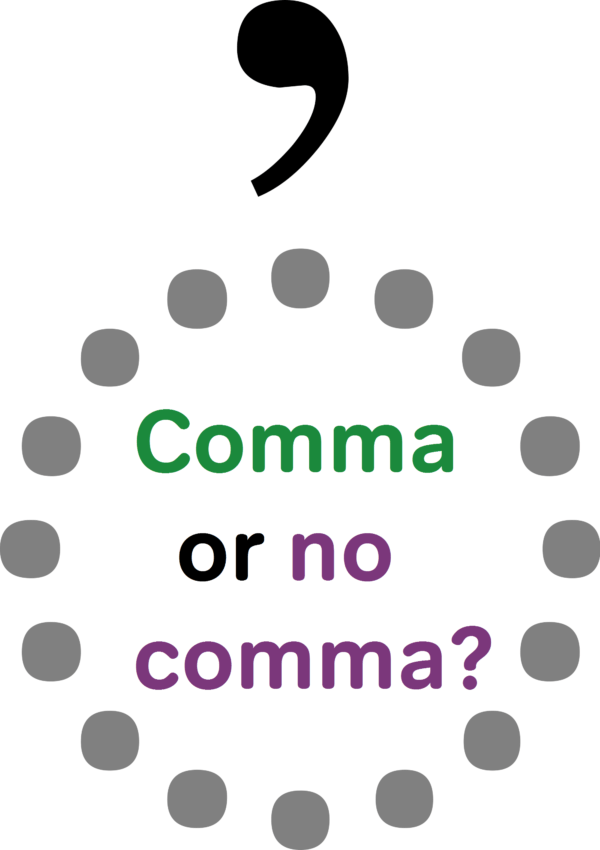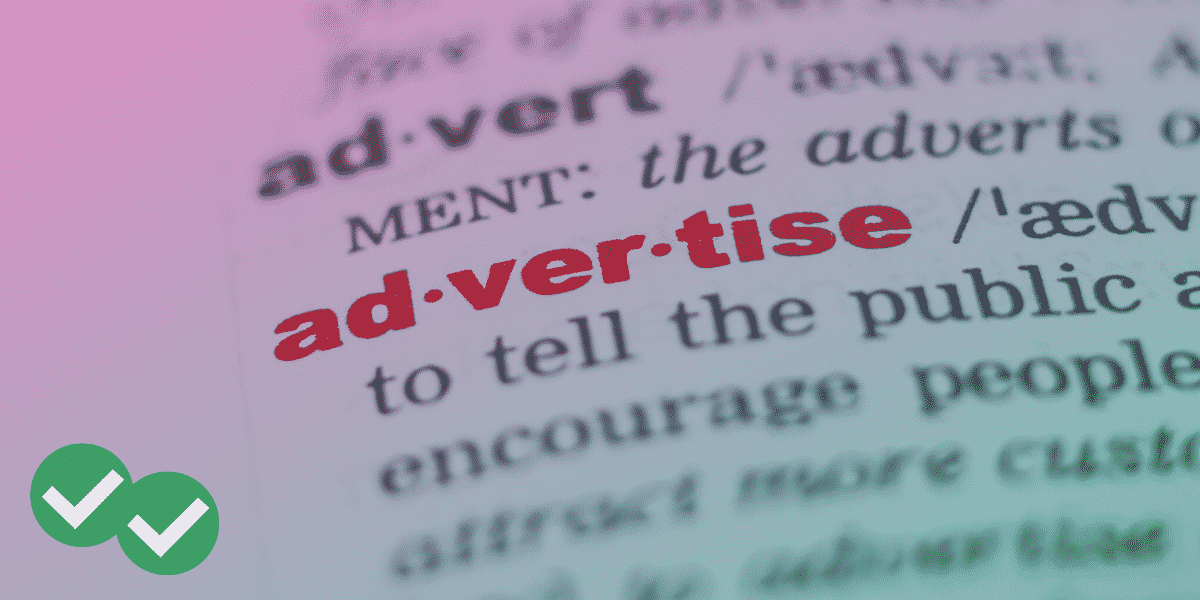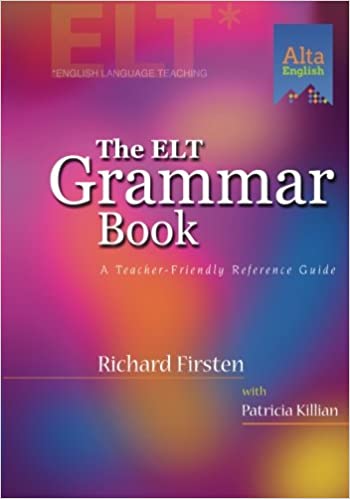
Is it ever hard for you to follow the comma rules in English? If so, I have some good news: sometimes you can make up the rules as you go!
Over at the Magoosh High School Blog, You can get a good overview of the English rules for commas. You’ll learn that comma use can be a matter of personal style. Today, we’re going to take a closer look at how you can make your own style choices, deciding to use — or not use—- commas.
To see how style informs comma use, let’s look at a few pairs of English sentences. Can you tell which sentence is more correct?
- PAIR 1:
At the end of the long work day I went to bed.
At the end of the long work day, I went to bed. - PAIR 2:
The car crashed into the wall and crashed hard.
The car crashed into the wall, and crashed hard. - PAIR 3:
You can’t come in because it’s too late.
You can’t come in, because it’s too late. - PAIR 4:
She went into the tall dark building.
She went into the tall, dark building.
If you had trouble telling which sentence in each set was better, don’t feel bad. Your sense of uncertainty is actually correct. In the sentences above, you’d be right to think that neither sentence is better than the other. What you’ve just discovered is one of the stranger things about the rules of comma use in English: The rules for English commas are very flexible… in some situations at least.
In the second sentences of Pairs 1 and 2 above, the comma is used to mark a shift between an independent clause and a descriptive phrase. Then in sentence 2 of Pair 3, the comma shows a shift between a dependent clause and an independent clause. (See my post on the difference between an English clause and a phrase for more information.) Finally, the second sentence in Pair 4 uses a comma to separate two adjectives.
In all of the above sentence pairs, the sentences are very short, so that the structure can be clear with or without a comma. In the case of the first three pairs, there are obvious signal words that separate the independent clause from the other parts of the sentence. Pairs 2 and 3 use the conjunctions “and” and “because,” respectively. Pair 1 uses the preposition “at,” making it clear that the sentence opens with a prepositional phrase before moving on to the main clause. In the Pair 4, you don’t really need a comma between “tall” and “dark,” because it’s obvious that both words are distinct adjectives that describe the same thing.
Because the commas aren’t strictly necessary, the decision to use a comma in sentences like the ones above is related to style and chosen emphasis, not strict punctuation rules.
If you add a comma to “At the end of the long work day I went to bed,” you create a sense of pause. In the modified statement, “At the end of the long work day, I went to bed,” the comma is a “stop” that allows your reader to see work and sleep as two dramatically different things. The added comma makes the statement seem more forceful and dramatic. Without a comma, the original sentence sounds more matter-of-fact.
Similarly, the comma creates a sense of dramatic pause and contrast in the remaining pairs of sentences above. “Crashed into the wall and crashed hard” makes “crashed hard” seem like an added detail about the crash. But with a comma, “crashed into the wall, and crashed hard” seems to emphasize that the crash was really terrible. In the same way “can’t come in because it’s too late” seems like a simple statement of cause and effect, but “can’t come in, because it’s too late” seems to emphasize the importance of coming in before it’s too late. This second statement, with its comma, even hints that there might be a specific rule about how late it can be before someone isn’t allowed to come in. Last but not least, “tall dark” sounds like a simple description, while “tall, dark” makes it sound like the building in Pair 4 is extremely tall and extremely dark, perhaps in an ominous, scary way.
Special Note: English Comma Use and Propositions of Time
Prepositions of time have a special relationship with “comma choice.” When you have a sentence with a preposition of time, adding a comma can change the sentence’s entire meaning. These changes can be subtle, but are important. Consider the two pairs of sentences below:
- PAIR A:
- We traveled to many countries before we retired.
(MEANING: We traveled around the world during a time period before our retirement. We may or may not have continued to travel after retirement.) - We traveled to many countries, before we retired.
MEANING: The time period where we traveled distinctly contrasts with our years after retirement. We traveled a lot before they retired. But once we retired, that situation likely changed.
(The comma creates a sense of pause to emphasize the contrast between two time periods.)
- We traveled to many countries before we retired.
- PAIR B:
- The boys were riding their bikes when it started raining.
(MEANING: During the time that the boys rode their bikes, it began to rain.) - The boys were riding their bikes, when it started raining.
(MEANING: The time period that the boys were riding their bikes probably ended because it started raining.)
(The comma creates a sense of pause to emphasize the cause and effect relationship between two events in time.)
- The boys were riding their bikes when it started raining.
Bear in mind that all four of the sentences in Pair A and Pair B are correct. These short sentences are fine with or without a comma. The comma makes a difference in meaning, but commas aren’t needed to make these sentences correct in terms of punctuation or grammar.
In longer sentences and phrases, the rules for the use of commas are more strict. When you have more than three adjectives, you really need to start separating them with a comma. Similarly, more complicated phrases and clauses are more likely to absolutely need a comma between them. Basically, the longer a sentence is, the more you should treat commas as requirements instead of stylistic choices.





